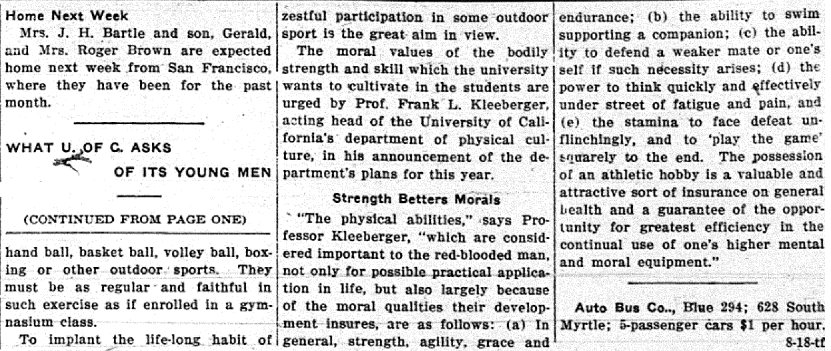Why it’s called ascorbic acid
April 21st, 2022 at 1:43 pm (Health, History)
Recently I came across this fascinating discussion of the mystery that scurvy posed: a painful and ultimately fatal disease for which the cause was unknown. Was it caused by bacteria? Something in food? Food preservation processes? Overwork? It was a major issue for sailors in the British Royal Navy, including Captain Scott:
But what makes this an especially captivating story is not how the cause was found, but instead how it was subsequently LOST, impacting many people’s lives for the worse, before being rediscovered. Go read the link above to find out more!
While reading it myself, I came across the word “antiscorbutic” to describe a property of lemons – that they could help prevent scurvy. Anti-scorbutic. Theories even developed that some foods could be “scorbutic” – actively causing scurvy.
And in the end when vitamin C was isolated and demonstrated to conclusively eradicate scurvy (which we now conceive of rather circularly as a lack of vitamin C), it now makes perfect sense that it should also go by the name ascorbic acid: an acid that prevents scurvy. Nice!
Also of interest: the reason we suffer when we don’t ingest enough vitamin C is that our bodies can’t produce it internally but it’s needed for a variety of life maintenance procedures. It turns out that humans are in the minority on this: most animals can manufacture their own vitamin C. We, and guinea pigs and bats and a few others, cannot.



 Bored? Sleepy? Lack of oxygen? Who knows?
Bored? Sleepy? Lack of oxygen? Who knows?